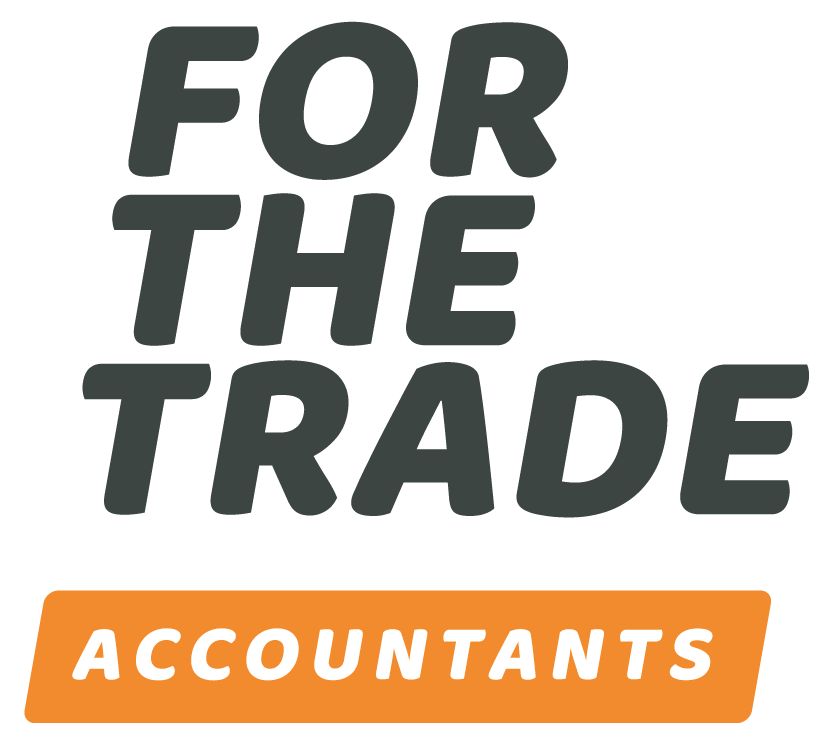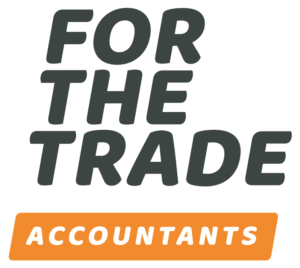VAT is a bloody nightmare, and that’s putting it mildly. For decades, these three letters have struck fear into the hearts of tradesmen across the land. And it’s only getting worse…
It seems that every day another rule comes along to make VAT more complicated. Luckily, we’re here to help. We’ve been explaining VAT for years, so we know what we’re talking about.
Grab a cuppa, ‘cos here’s our handy five-minute guide to help you get to grips with everyone’s least favourite tax.
What is VAT and what are the rates?
VAT (Value Added Tax) is a sales tax that applies to a wide variety of goods at the point of purchase. There are three rates: standard, reduced and zero.
Since 2011, the standard VAT rate has been 20%. Some items are subject to a lower VAT rate of 5%. These include children’s car seats, home energy bills and mobility aids for the elderly.
There is also a 0% VAT rate. Be aware though, this is not the same as a VAT exemption. 0% items are covered by VAT, but no tax is actually charged. Items in this category include children’s clothes, books and most basic foodstuffs.
Who has to pay VAT?
VAT is easy enough to understand as a consumer: you just pay a bit extra every time you buy something. We’re so used to VAT being included in prices that most of us don’t even notice it.
For businesses though, things are a little more complicated – especially in the construction industry. You must always account for VAT if you are VAT-registered, but whether or not you charge it directly depends on the nature of your work.
Most businesses charge their customers VAT as part of their final bill, and then (reluctantly) pass the money on to HMRC.
Now’s the time to bear with us! Since last year, the construction industry has been included in the VAT reverse charge.
This means that if you are inside a supply chain, instead of charging your customers VAT, you only have to inform them of the VAT payable on your services.
It is then their responsibility to pay this money directly to HMRC. Equally, you may have to pay VAT direct to HMRC for goods or services you purchase in a supply chain.
If, on the other hand, your customer is the end-user, you charge them VAT as normal.
Most standard construction jobs are subject to the reverse charge, but there are some weird and wonderful exceptions. A full list can be found here or you can give us a shout.
When registered for VAT, you do get to claim back VAT on most of your costs, though. Bosh.
Do I need to even register for VAT?
Any business with an annual turnover of more than £85,000 has to register for VAT. If you make less than this, you can still register voluntarily to charge VAT on goods and services and, importantly, claim it back on expenditure.
You can register on the gov.uk website. This will generate a nine-digit VAT reference number, which you must include on all future invoices. You will also receive details of when to submit your first VAT return and payment.
How do I charge VAT?
Now that you’ve registered for VAT, the fun can really start. There is a strict VAT invoice format that you’ll need to use whenever you charge a customer VAT. Invoices must include the following information:
- Your name, address and VAT registration number
- A unique invoice number
- The date that you supplied the goods or services
- A description of each item
- The price per item excluding VAT
- The total price excluding VAT
- The amount of VAT charged per item
- The total amount of VAT
- Details of any items that are exempt from VAT or zero-rated
If the reverse charge is applicable, make reference to it and indicate how much should be paid to HMRC.
What is MTD for VAT?
If you are already registered for VAT, you’ve probably heard about the government’s Making Tax Digital scheme.
It’s a long-term plan to completely digitise the UK’s tax return system and it already covers VAT. You must keep digital records and submit digital VAT returns using compatible accounting software (this is how you pay and claim back VAT).
Have you got a headache yet? You’re not the only one! VAT is a pain, but we’re the pain-killer. We’re always happy to help. If you’ve still got questions, fire ‘em over or give us a call.


